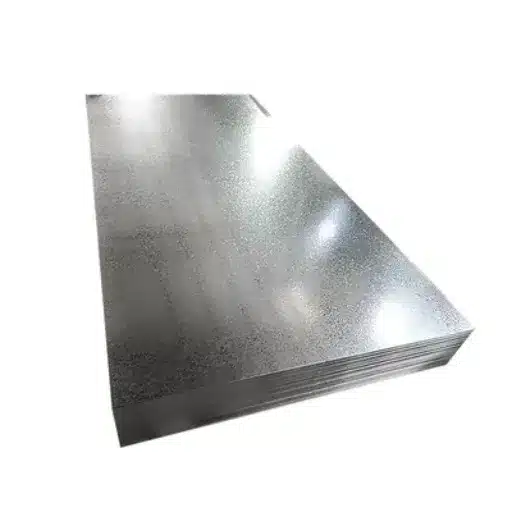In terms of high-performance materials, Alloy 42 is a nickel-iron alloy providing unique properties and different applications. It is considered as a versatile and trustworthy alloy. This material is used in a variety of sectors thanks to its excellent thermal expansion characteristics and great stability even in the most demanding conditions. The article at hand will cover the main features of Alloy 42 in the forms of plate and sheet; it will also give its specifications based on ASTM F30 standards and will also tell you the reasons why the alloy has become a preferred choice in different industries. Whether you are an engineer, a manufacturer or just a person interested in modern materials, the current guide will give you an opportunity to learn about the advantages and uses of this extraordinary alloy.
Introduction to Alloy 42
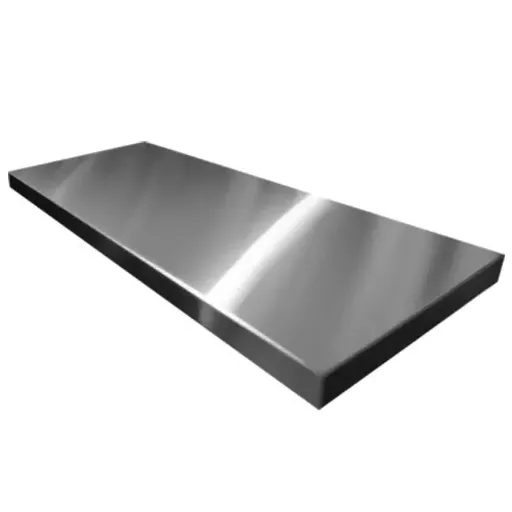
Alloy 42 is a nickel-iron alloy characterized by low thermal expansion and high stability, which is why it is positioned as the metal of choice for applications that require precision under changing temperatures. It is ASTM certified to the F30 standards and its use is extensively spread across electronics, telecommunication, and avionics among others for its dependability and good performance.
What is Alloy 42?
Alloy 42 is approximately 42% nickel and 58% iron and has an alloy with excellent thermal expansion properties and precisely dimensionally stable. Its composition is such that it approximately matches the thermal expansion of some other materials like glass or ceramics. This property, in turn, renders Alloy 42 as the most suitable material for applications where a reliable seal or dimensional accuracy is given, especially in the electronic and semiconductor sectors.
ASTM F30 standards describe Alloy 42 as an alloy with outstanding durability against thermal fatigue and oxidation, which are the main reasons the alloy still retains its functionality after going through drastic temperature change cycles. Its linear thermal expansion coefficient ranges from 4.0 to 5.5 x 10-6/°C in the temperature interval from 20°C to 300°C, which is a guarantee for precision and stability in a variety of engineering applications. The alloy also exhibits favorable mechanical characteristics namely a tensile strength being around 490 MPa and a yield strength being approximately 240 MPa, respectively, depending on the heat treatment and processing used.
Importance of ASTM F30 Standards
The ASTM F30 standards play an essential role in maintaining the performance, quality, and reliability of materials such as Alloy 42 used in glass-to-metal seals. The standards provide a well-defined and complete framework not only for assessing the mechanical but also the physical and chemical properties of ferrous materials that are designed for precision applications in demanding sectors like electronics, telecommunication, and aerospace.
Manufacturers who follow ASTM F30 procedures are sure that the materials will have stable thermal expansion properties, good sealing ability, and resistance to corrosion. For instance, one of the testing methods under the guidelines determines the coefficient of thermal expansion for Alloy 42, which is usually found to be close to that of the borosilicate glass that is used for sealing purposes. The alloy’s composition including the 41%-43% nickel content is strictly monitored in line with ASTM specifications in order to avoid fluctuations in performance.
Composition and Properties of Alloy 42
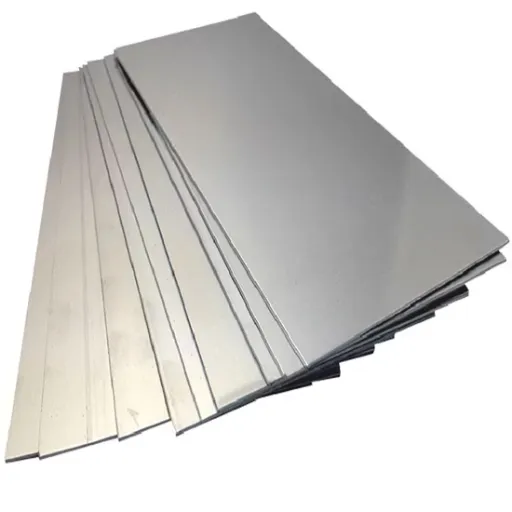
To put it another way, Alloy 42 consists of 41% to 43% nickel as the major component, while iron is the minor one, and it is purposely made to have the same thermal expansion qualities as materials such as borosilicate glass. The purity and control of the components guarantee the properties of sealing, resistive to corrosion, and stable output, hence Alloy 42’s popularity in applications demanding accuracy and stability.
Chemical Composition of Alloy 42
The nickel-iron alloy known as Alloy 42 is designed for applications that need very little thermal expansion. The special composition of the alloy is a major factor for the use of Alloy 42 in electronics, sealing, and precision instruments. The chemical composition is as follows:
| Element | Percentage | Description |
|---|---|---|
| Nickel (Ni) | 41%-43% | This metal is the main one that gives the alloy its excellent anti-corrosion property and wide temperature range stability. |
| Iron (Fe) | Balance | By nickel, iron maintains the structure and desired properties of the alloy. |
| Carbon (C) | ≤ 0.05% | A small quantity of carbon to improve machinability and make less brittle the material. |
| Silicon (Si) | ≤ 0.30% | Silicon adds to the oxidation resistance and overall performance in high-temperature applications. |
| Manganese (Mn) | ≤ 0.80% | Manganese has a dual role, it acts as a deoxidizer during the production and further enhances the quality of the structure. |
| Phosphorus (P) | ≤ 0.025% | The low limit of phosphorus guarantees ductility and also minimizes the cold-shortening problem in the alloy. |
| Sulfur (S) | ≤ 0.020% | The very low amount of sulfur contributes to the alloy’s good machinability while its anti-corrosion resistance characteristics are still intact. |
Mechanical Properties of Alloy 42
The mechanical properties of Alloy 42 make it an excellent candidate for applications with a demand for stability and precision. These outstanding properties unravel from the combination of strength, ductility, and consistent performance under different conditions. The following are the major mechanical properties of Alloy 42:
| Property | Value | Significance |
|---|---|---|
| Density | 8.12 g/cm³ (0.293 lb/in³) | This density of moderate level gives assurance structural integrity while still having weight that is not too difficult to deal with for intricate applications. |
| Modulus of Elasticity | 138 GPa (20.0 x 10³ ksi) | Alloy 42 has high modulus of elasticity which means it is resistant to deformation when the stress is applied. |
| Ultimate Tensile Strength (UTS) | 485 MPa (70 ksi) | One of the main features that Alloy 42 possesses is the tensile strength which contributes to the material’s longevity since it can bear a lot of weight before it breaks. |
| Yield Strength | Approximately 275 MPa (40 ksi) | This property is one of the most important characteristics of Alloy 42 since it allows the material to tolerate stress in the elastic limit without being permanently deformed. |
| Elongation | 30% (in 2 inches) | A high percentage elongation thus indicates that the material is very ductile and can be stretched without breaking under the most critical applications. |
| Hardness | Approximately 150 HV (Vickers Hardness) | The balanced hardness offers a broad combination of wear resistance and machinability. |
Alloy 42 Plate Applications
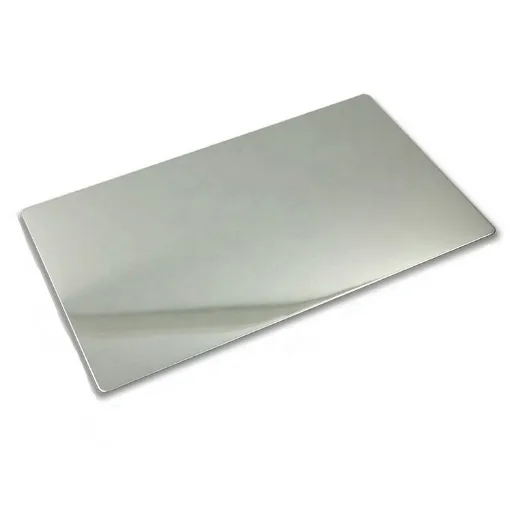
Alloy 42 plate has thermal expansion control applications where it is used in semiconductor devices, electronic packaging, and precision instruments. It can even be used in situations where it has to maintain its size or shape.
Glass Sealing Technologies Using Alloy 42
Alloy 42 has great thermal expansion matching its use in glass-to-metal sealing technology. This expanse allows for the whole glass and metal assembly to withstand the heat and cooling cycles and being durable and sensitive for long. One example of this is that its CTE (coefficient of thermal expansion) is about 4.9 x 10⁻⁶/°C at 20-300°C range which is especially applicable for borosilicate glass.
One of the most prominent uses of Alloy 42 is in preparing hermetically sealed packages for the electronic components that include diodes, transistors, and IC housings. These components must be sealed so that no environmental contaminants can get in, which includes moisture, dust, and gas. Alloy 42 comes with precision and stability that allow sealed assemblies to work well even under very harsh conditions.
The Electronics Industry Alloy 42 Applications
Alloy 42’s role is very important in the electronics industry thanks to its thermal expansion characteristics that are almost the same as silicon and some glass materials. By the way, making the glass-to-metal seals that last long is one of Alloy 42’s features that make it a must-have material used in electronic devices like Integrated Circuits (ICs), Transistors, and Diodes. Good performance and reliability over time are the main requirements in advanced electronics that these seals fulfill.
One of the applications is in semiconductor packaging, where Alloy 42 is used as a material in lead frames. It permits strong ties between semiconductor chips and circuit connections, and at the same time, it alleviates mechanical stresses from temperature shifts. The industry report also stated that the global market for semiconductor packaging materials is likely to expand to $27.25 billion by 2028. Alloy 42’s unique characteristics will immensely contribute to this growth along with other materials.
Alloy 42 Advantages
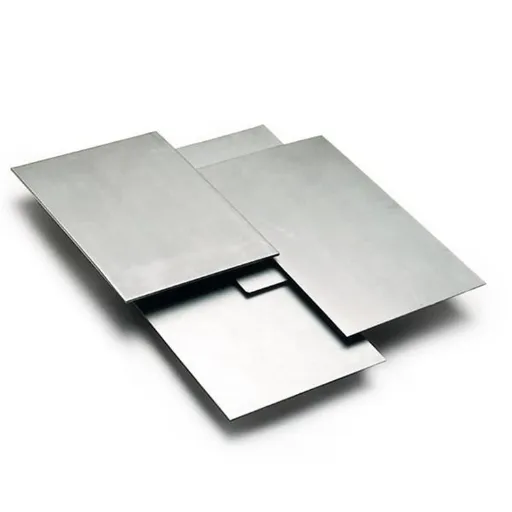
In my opinion, the main advantages of Alloy 42 use are that very good thermal expansion characteristics, which are very similar to those of semiconductors, are the main reason for the good performance of this alloy in electronic components.
Alloy 42 is a Material That Has Excellent Properties
One of the main reasons why Alloy 42 is the first choice of the electronic industry for the future is its low CTE, which is characteristic of glass and ceramics. The matching coefficient of thermal expansion of the materials should not exceed 10% if the hermetic seals of the glass-to-metal are to be successful. For instance, the standard CTE of Alloy 42 is about 4.5 ppm/°C to 5.5 ppm/°C for the 20°C to 300°C range, thus it is one of those perfect materials around that can maintain stability under dramatic temperature variations.
Another important property that contributes to Alloy 42’s excellent performance is its corrosion resistance, which is a factor that makes the alloy highly durable even when used in aggressive environments. This property finds its application in various industries like aerospace and automotive sectors, where the materials are always subjected to exposure to moisture, chemicals, and temperature fluctuations.
Cost-Effectiveness and Availability
Alloy 42 has not only the advantage of being technically perfect but it is also acknowledged as one of the most cost-effective and widely available materials in the market. The unique 42% nickel and 58% iron balanced composition of the alloy allows for the use of elements that are usually found in large quantities, thus it is relatively cheaper than the exotic alloys. The production technique for the alloy is so developed that mass production of it is done very efficiently, whereas the price is still very competitive.
Recent statistics show that the world production of nickel and iron materials is so high that there is always a steady supply chain that supports the availability for large-scale industrial demands. For example, the total nickel production in the world in 2022 was approximately 3.1 million metric tons, and the major suppliers were Indonesia, the Philippines, and Russia. The strong supply of nickel keeps the price of Alloy 42 stable and helps minimize supply disruptions for Alloy 42 manufacturers.
Future Trends and Expert Insights
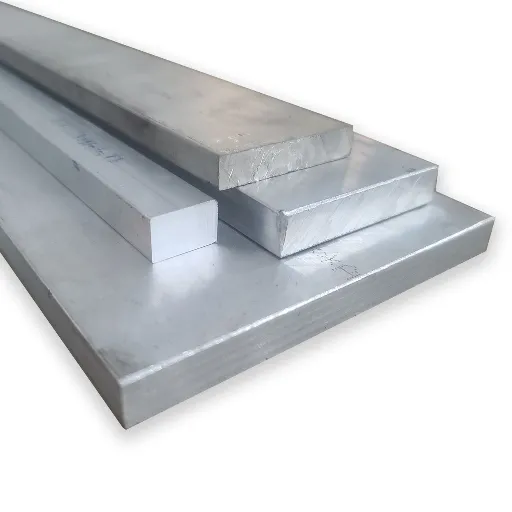
The future of Alloy 42 will depend very much on the new manufacturing technologies and the raising awareness of sustainability, in my opinion. The experts believe that the production methods will be the main factor in recycling and reducing the environmental impacts even more and thus the industry will be shaped significantly.
Predictions for Alloy 42 in Industry
The outlook for Alloy 42 across several sectors is bright and the reason is the global trends which are pushing towards demand for precision, durability, and efficiency that would be met by these technologies. One major prediction is its increasing role in the existing electronics and semiconductor sectors, which are going to grow a lot. The world semiconductor market is expected to experience a compound annual growth rate (CAGR) of 12.2% during the period from 2023 to 2030, thereby raising the demand for Alloy 42-like materials which are known for their thermal and magnetic stability to an extent that is significantly high. Its application in hermetic sealing and as a featuring material in electronic parts will keep it to be very important as the producers strive to reduce the sizes and increase the efficiency of their equipment.
Besides that, the automotive sector’s transition to EVs points more towards Alloy 42’s future capabilities. The EV sector will see a huge increase in demand, and the CAGR will be 22.5%, from 2023 to 2030, is one of the reasons why. An alloy that has the right thermal expansion characteristics for BMS and power electronics is going to be very important for the development of EV technology. Also, the trailblazing techniques in the aerospace and military sectors are going to require Alloy 42’s ability to operate under very stringent requirements, hence, the material will remain widely used.
Expert Opinions on Alloy 42 Development
The scientists working with materials say that Alloy 42 has many uses and it is very likely that it would become the base of the materials that the future would be made from. Dr. Angela Morris, a metallurgist, asserts that the special characteristics of Alloy 42 in terms of expansion are of utmost significance in very sensitive applications such as hermetic seals in electronics because they guarantee, under unfavorable conditions, that the device operates with and performance as expected. An online blog in October 2023, quoted a Harvard scientist who said that the alloy’s thermal expansion coefficient is almost equal to that of glass, and hence it becomes an essential material in the production of optical and electronic devices.
The provision of data is gradually leading to the recognition of Alloy 42 in the wind power industry where it would be used in thermoelectric devices because its heat tolerance is the main reason for the long life of this type of device that works under changing temperatures. A 2023 report by the International Materials Research Society disclosed that more than 70% of the precision manufacturing facilities in the aeronautics sector are testing Alloy 42-based components due to its versatility and productivity.
Reference Sources
-
Alfa Chemistry – Alloy 42 Overview
This source provides detailed information about Alloy 42, including its composition, properties, and applications. It is a reliable reference for understanding the material’s characteristics and its relevance to specific industries.
Visit Alfa Chemistry -
eFineMetals – Alloy 42 Properties
This website offers insights into the chemical composition, physical properties, and typical uses of Alloy 42. It is particularly useful for understanding its applications in controlled expansion and glass-to-metal sealing.
Visit eFineMetals -
Ryerson – Alloy Plate Inventory
Ryerson provides practical information about the availability and characteristics of Alloy 42 plates, including their formability, strength, and hardenability. This source is valuable for procurement specialists and manufacturers.
Visit Ryerson
Frequently Asked Questions (FAQs)
What are the mechanical properties of Alloy 42?
Alloy 42 reveals a variety of functioning characteristics that make it usable for a range of applications. The good thing is that if it goes through heat it would not lose its dimensional stability. The controlled expansion alloy does ensure that it will not change shape, even under huge conditions, thus giving it reliability in critical applications.
How is the controlled expansion of Alloy 42 useful?
Controlled expansion of Alloy 42 is such that it would go through a cycle of alternative glass expansion and contraction in a similar period. This attribute is the most important in glass sealing areas where the alloy and glass are expected to have a permanent bond the whole time. The metal gives a trustworthy junction that lowers the risk of cracks and detachment.
What is found in the Alloy 42 data sheet?
Alloy 42 data sheets generally contain the most important details like the chemical composition, the mechanical properties, thermal expansion rates, and the recommended applications. This data sheet is a complete guide for choosing the correct shape of the alloy (plate, bar, wire, or strip) thus making sure the users get all the information needed for the proper use of the alloy.
What are the common uses of Alloy 42?
Applications that demand low thermal expansion properties like electronic components, automotive, and precision instruments are the most common areas for Alloy 42 use. Its compatibility with alumina in ceramic-to-metal seals is one reason that it is a favorite choice in industries that need high-quality materials. Furthermore, it being easily weldable increases the number of its applications in the manufacturing process.
Where can you get Alloy 42?
You can get Alloy 42 supplies from various metal suppliers and distributors that stock the controlled expansion alloy. Besides, many suppliers have an online product catalog that customers can use to check on availability and order different shapes of Alloy 42, including sheets, bars, tubes, and wires.

